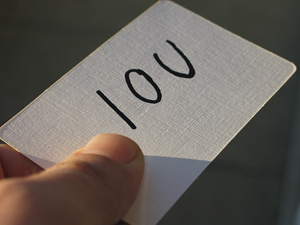|
|||||||||
|
|||||||||
|
|||||||||

Copyright ©
Matt Berkus. All Rights Reserved.
Contact Matt Berkus "The Bankruptcy and Debt Authority" by calling 720-545-0339. Helping individuals and businesses with Chapter 7 bankruptcy, Chapter 11 bankruptcy, Chapter 13 bankruptcy and other debt solutions in Denver Colorado. Website design by: Marketing for Solos Bankruptcy Lawyer | Debt Resolution | Bankruptcy Attorney | Bankruptcy Solutions | Personal Debt | Privacy Policy | Disclaimers | Sitemap | Contact |










 Who do I mean
by small business?
For the solutions mentioned below, the small business is incorporated
in some manner usually as a Limited Liability Company (LLC)
or Corporation (INC) and if a corporation, probably subchapter
S corporation. A sole proprietorship is not a separate entity;
there is no separation between the business and the individual
owner. As such, the sole proprietor will use the individual
debt solutions. In addition, the small businesses I work with
(and that tend to get in the most trouble with debt or taxes) have $10,000,000
or less, and most frequently $2,000,000 or less, in gross annual revenue. Finally,
given the nature of small business, the owners have usually personally guaranteed
the business debt, so a comprehensive solution is required that helps both
the business and the individual.
Who do I mean
by small business?
For the solutions mentioned below, the small business is incorporated
in some manner usually as a Limited Liability Company (LLC)
or Corporation (INC) and if a corporation, probably subchapter
S corporation. A sole proprietorship is not a separate entity;
there is no separation between the business and the individual
owner. As such, the sole proprietor will use the individual
debt solutions. In addition, the small businesses I work with
(and that tend to get in the most trouble with debt or taxes) have $10,000,000
or less, and most frequently $2,000,000 or less, in gross annual revenue. Finally,
given the nature of small business, the owners have usually personally guaranteed
the business debt, so a comprehensive solution is required that helps both
the business and the individual. 


